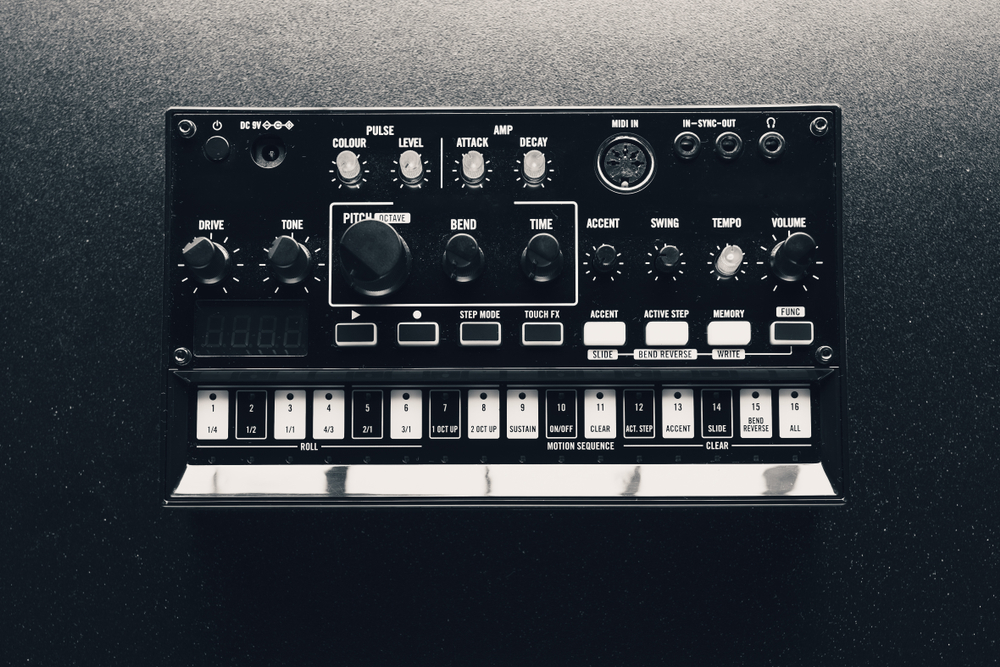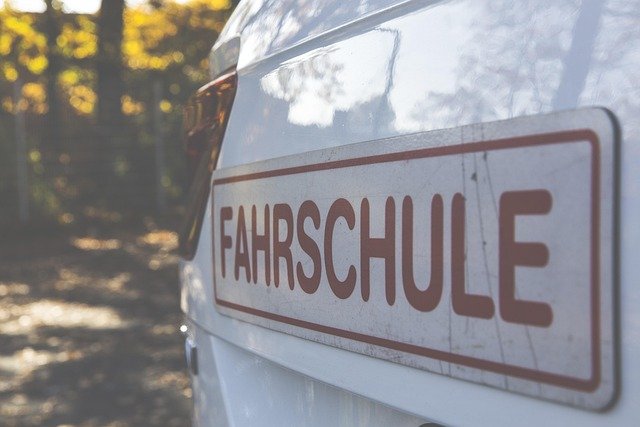Reimagining Classical Music Through Electronic Experimental Fusion
Introduction: In an age where the boundaries of musical genres are continually being blurred, the fusion of classical music with electronic experimentation is an exciting, yet relatively unexplored frontier. Let's dive into the history of this unique blend, its current status in the industry, and the potential impact it holds for the future of music.

A Harmonic Past: The Roots of Classical and Electronic Music Fusion
Classical music has been a significant influence in the world of music for centuries, with its evolving forms and structures shaping the works of many artists. On the other hand, electronic music, a more recent development, has its roots in the technological advancements of the 20th century. The fusion of the two, however, only began in the latter part of the 20th century, when composers like Wendy Carlos and Isao Tomita started experimenting with synthesizers, offering classical compositions a new, electronic life.
Current Resonance: The State of Classical Electronic Fusion Today
Fast forward to the present day, and we see a resurgence of this fusion, with artists like Ólafur Arnalds and Nils Frahm leading the charge. Their work elegantly combines classical instruments with electronic beats and ambient sounds, creating a sonic landscape that is both familiar and fresh. This trend has also caught the attention of mainstream artists, with acts like Clean Bandit incorporating classical elements into their electronic pop hits.
The Sound of Impact: The Significance of Classical Electronic Fusion
The significance of this fusion lies in its ability to challenge traditional notions of genre and composition. It paves the way for innovation by encouraging artists to experiment with different sounds and structures. Additionally, it has the potential to make classical music more accessible to younger audiences by presenting it in a new, more contemporary context.
The Future Symphony: Potential Developments in Classical Electronic Fusion
The future of classical electronic fusion is ripe with possibilities. As technology continues to evolve, artists will have an even wider array of tools at their disposal to create new sounds and experiences. Furthermore, as the popularity of this fusion grows, we might see a rise in collaborations between classical and electronic artists, leading to more cross-genre experimentation.
Hitting the Right Notes: Harnessing the Power of Classical Electronic Fusion
To truly harness the potential of this fusion, artists, producers, and listeners need to remain open to new ideas and sounds. Educational institutions can also play a role by introducing programs that encourage students to explore the blending of classical and electronic music. By doing so, we can ensure that this fusion continues to evolve and inspire artists for years to come.
In conclusion, the fusion of classical music and electronic experimentation is a promising frontier in the music industry. Its potential to challenge conventions, inspire creativity, and reach new audiences is immense. As we continue to explore this unique blend, we might just witness the birth of a new musical revolution.




